MarshallG
TPF Noob!
- Joined
- Jun 10, 2013
- Messages
- 81
- Reaction score
- 10
- Location
- Canon 7D
- Can others edit my Photos
- Photos OK to edit
With the correct Canon Speedlight flash, yes, your camera can do this.thanks so much.
And my T4i can do this?
of course I don't have the flash.
Correction: YOU can do this.


![[No title]](/data/xfmg/thumbnail/37/37656-96c70ee246b815f10e703ff6cd8acdc0.jpg?1619738172)
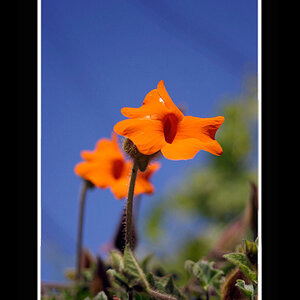
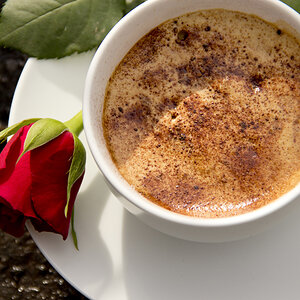

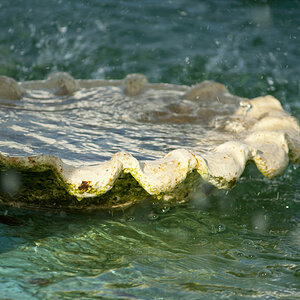
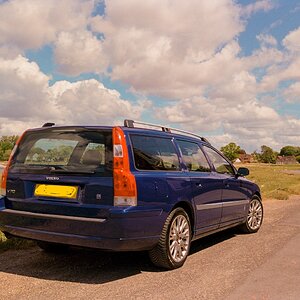
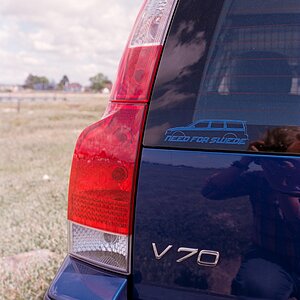
![[No title]](/data/xfmg/thumbnail/30/30992-773558233723ab0d28c307a97a1a2427.jpg?1619734556)
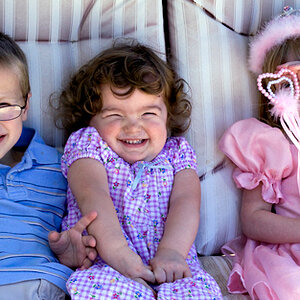
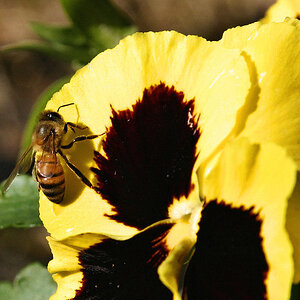
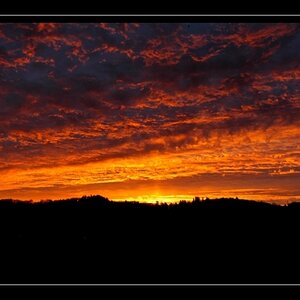
![[No title]](/data/xfmg/thumbnail/38/38444-6063bb59cb410c520a1ccccbe58db9c7.jpg?1619738614)